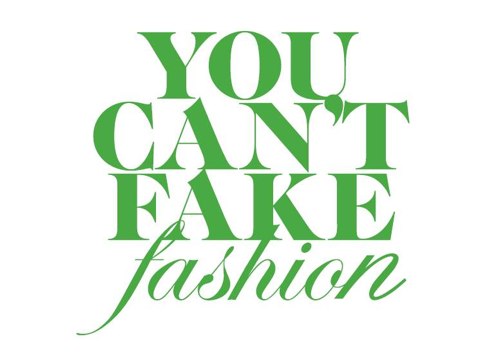We are living in a 'freedom toxic' culture where anything goes, we do what we feel and whenever we feel it. So, how do we change this? I think we all can agree in order to do anything, one must have a drive(care, guidance) for that thing of change. This is the first step in making a change.
The misuse of designers photography and designs for the sole benefit of profiting is so widespread that when you speak up about it, people get upset and you get smacked in the face. Why? Because, it has become normal to the mass and businesses have become paper chasers(chasing after money) at the exchange of their religion, morals and values.
Where does it start? Non other then when we are children. It physically starts when we rip our first magazine images of designs and head over to our local seamstress, mom or auntie to make the same dress. Personally, I think, this is where our imagination stops growing. You ready? then comes the training mentality of hearing our parents say: we want this amazing dress with the best quality fabric at a price not that I can afford, but that I want(lowest price). Who is being selfish here?
These culture practices are so rooted in many of us that change really can only happened slowly one by one. It can start by breaking chains and not passing it on to our children. Before we head over to simple rules that can help avoid buying fakes, here are two suggestions we can do to start breaking the chains of our cultural training on following mass actions:
1. Train your kids to continuously use their imagination like making things at home that they want.
2. Design or make your own clothing and items.
3. Do a bit of research on fabric and what seamstresses make and instead of asking for a 'low price' ask for a 'fair price' and the only way to know what a 'fair price' is through your research.
WHY IS IT WRONG TO BUY/SELL FAKES?
A simple equation: Taking something that doesn't belong to you = STEALING = Sin.
BASICS ON HOW TO AVOID BUYING FAKES
Face it! The designers out there are many and they are continuously creating designs. It's really impossible to take a mental picture of all their designs and remember what belongs to who, unless you are in the fashion industry and you spend the majority of the day in it. Then, maybe you can. For the rest of us, here are some very simple ways to avoid buying fakes.
1. Educate yourself on your brands by getting familiar with them. You can do this by following sites that promote designers. Like yours truly. It helps to train the eye on what belongs to who. Even though you might not remember the name of the designer, if you see the design or picture somewhere else, it will trigger your memory and you will know either that company is a stockist(a retailer authorized by the designer to sell and stock its designs) or someone is in the wrong business doing bad things.
2. Buy from the original designer or store. This is one of the safest approach from the side of the consumer.
3. Check the designer's stockist list. They are normally listed on their websites. If they don't send them an email. Ask where can you buy their designs.
4. Don't be afraid to ask questions. Specially if you are buying from local businesses that carry a wide variety of designs, online, FB, Etsy, Ebay and other similar sites.
Questions you may ask are:
a. Is the clothing designed by (include name of business or owner)?
b. If they say no, ask whose designs are they?
c. Are you a stockist?
d. Do some homework: read reviews, look through their FB posts by others and Google the business.
e. Are these photographs taken by (include name of business or owner)?.
f. Ask for a customer reference and/or see reviews by outside sources like bloggers.
f. Ask for a customer reference and/or see reviews by outside sources like bloggers.
If any of the questions are not fully answered or they give you an answer like "I don't know, this is what my supplier sends me" or "I just buy them in Dubai" This is a BIG red flag a business owner doesn't care for its own business practices. They all know exactly where and everything comes from.
Local and online shops that conduct businesses that carry a wide variety of clothing specially scarves can have the below means of how they get their merchandise:
1. They design and produce their own items(which may can include replicas).
2. They source from mass wholesalers from sites like Alibaba. This kind of places have a whole other blog post because manufacturers of clothing and accessories in such places like China, Thailand, Bangladesh and others manufacturers sell to wholesalers who in turn sell on sites like Alibaba. This is where mass fakes start. These manufacturers take design molds from the original designer and mass produce them using low quality material to replicate the exact same design. And of course, they spread to our local shops. This explains why so many headscarf shops carry the same item and why many of them carry fake name brand items at such a low price.
3. They are a stockist for designers.
There you have it some basics on keeping your purchases real.
P.S. If the item has no label, then you better start asking questions.
P.S. If the item has no label, then you better start asking questions.


Thank you for publishing this! I hope we can start a running list :)
ReplyDelete